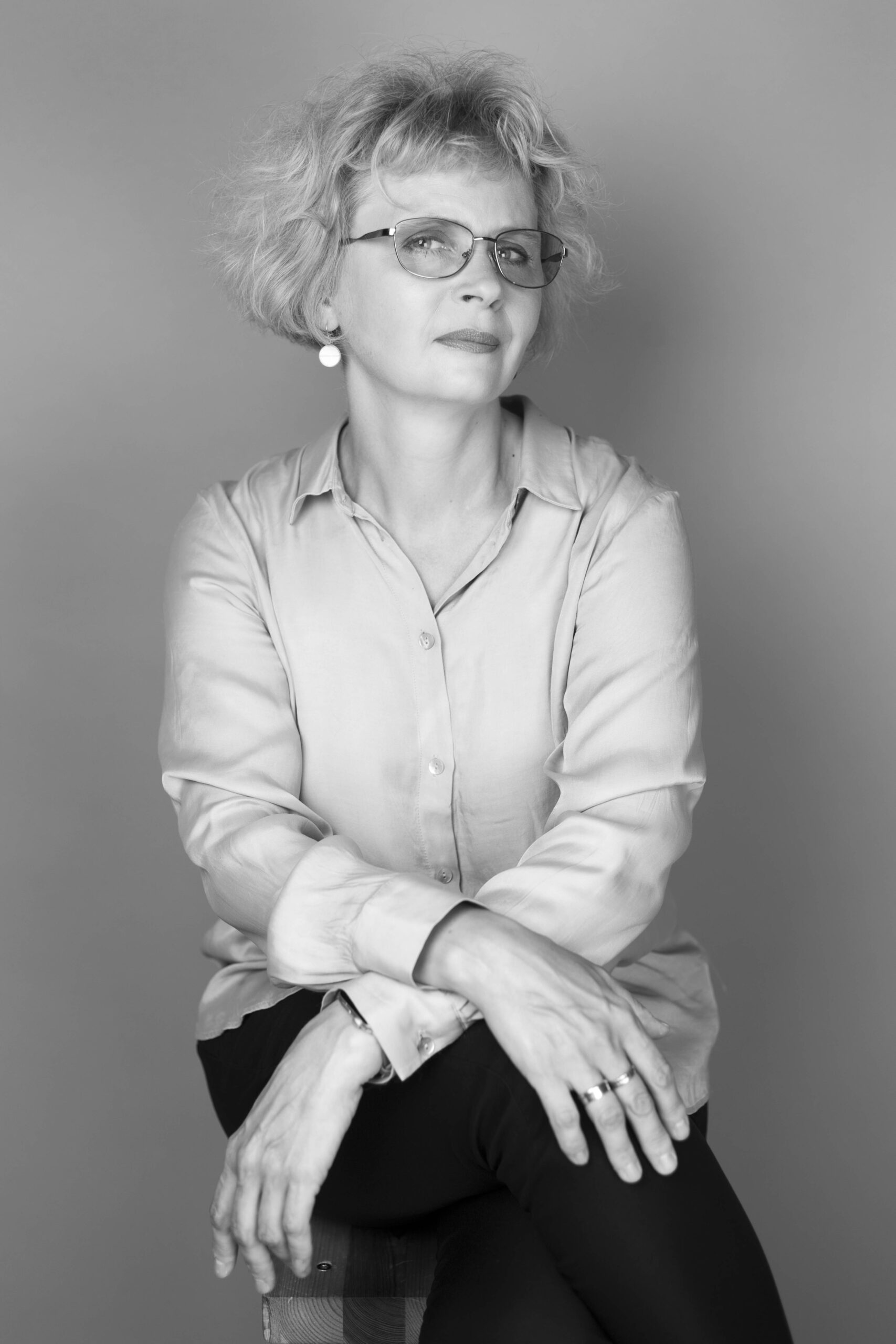Mall Nukke – an awarded artist and curator, a teacher and a curious student of this world. In her favorite technique of collage, she interweaves her favorite themes and conceptual fields of meaning: time and space, artificial and natural, content and form, the basic elements of the universe and the endless cycle of life. And of course, the human in the middle of it all. Her ways of expression, which are based on a sharp eye and the ability to see the world in all its pain and beauty, are also expanded by a brush and a pencil, a photo camera and a piece of charcoal. At the same time, she makes no compromises in terms of color balance, measured composition and aesthetic integrity.

Photo: Mark Raidpere